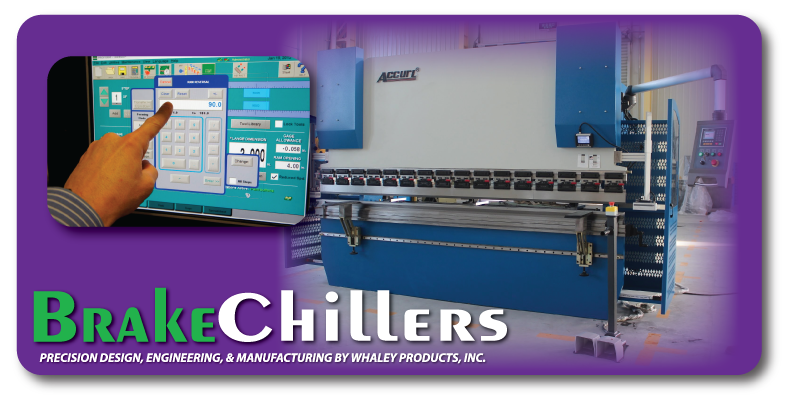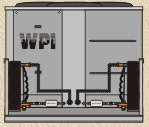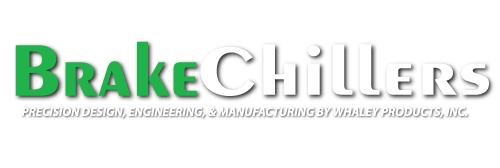Machine Operation
Operators of press brakes must know the components of the machine in order to create a bent/punched metal of their choice. Operators must have knowledge of brakes, tooling and drawings. Operators are tasked with making good parts, and also keeping setup time to a minimum. An operator must understand organization and time management.
Operating a press brake machine requires experience with a machine. An operator must know what type of punch is used in creating a product. With an increase in technology many machine operators need to be familiar with CNC operations. CNC stands for Computer Numerical Control, which is an automated and computerized control system for machines. CNCs can be used in conjunction with any type of production machine, like lathes, water jet cutting, and welding. Operators must also understand a machine’s limit. An operator must know the load limit. This is calculated as tons per inch in the center of the machine.
Tooling is categorized by the punche’s characteristics. Each different type of bending requires a different tooling. These can include air bending, bottom bending, and coining. These will be described later, in other subpages. Tooling also includes knowing a manufactures ideal’s, and requirements.
Drawings are pertinent to operators as well. Drawings include dimensions of the parts, bend angles, radius, tolerances, and blank size. These drawing are based on the tooling and press brake that are potentially available for a manufacture’s job. A drawings information and how the information is related to tooling is read by the operator.
 Packaged Chillers Non-expandable (integrated pump tank) 1.5Ton – 20Ton Single / Dual Circuits Single / Dual Pumps |
 SAE Series Modular Chillers Expandable (pump & tank on separate skid) 1.5Ton – 200Ton Single / Dual Circuits |
 SAR Series Split Chillers Expandable (Outdoor Condensing Unit) (pump, tank, evaporator on indoor skid) 1.5Ton – 200Ton Single / Dual Circuits |
